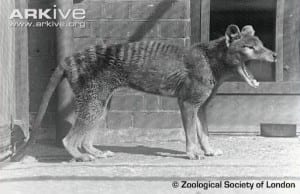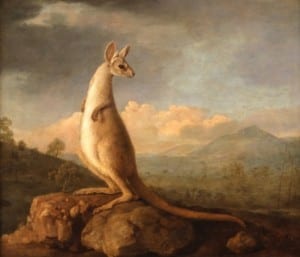What’s the difference between a crocodile and an alligator?
By Jack Ashby, on 24 October 2013
Crocodiles and alligators are big nasty predators. All of them. (Except the ones that are small lovely predators). If you see one swimming towards you then be concerned. Whilst considering your impending doom, you may wish to ascertain the correct taxonomic position of the beast. Here’s a quick guide to help you tell the difference between crocs and gators…
Before that, I should explain that there are 23 members of the order Crocodylia, which contains both the crocodile family (Crocodylidae) and the alligator family (Alligatoridae), as well as the gharial (the sole member of the family Gavialidae). When I say “crocodile” I am referring to members of Crocodylidae, not all members of Crocodylia, otherwise there wouldn’t be much point to this post.
Things to ask to work out whether you are being eaten by a crocodile or an alligator… (more…)
 Close
Close



 Last Wednesday the staff of the Grant Museum went on an expedition to the
Last Wednesday the staff of the Grant Museum went on an expedition to the 





